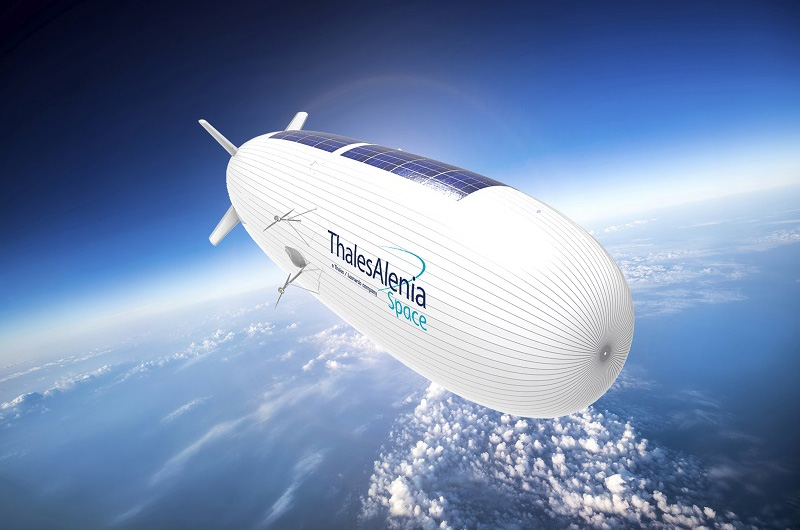A concept for operations (ConOps) for higher airspace is now available! Delivered by the SESAR 3 JU ECHO project, led by EUROCONTROL, the ConOps defines future operational roles, responsibilities, procedures and infrastructure required to support higher airspace demand over the short, medium and long term.
The higher airspace (airspace approximately 60,000 ft) is no longer exclusive to space rockets and military planes, but hosts an expanding range of vehicles, including long-endurance balloons, high altitude platform stations (HAPS), supersonic and hypersonic aircraft. With missions varying from connectivity and surveillance to passenger transport and satellite services, these vehicles with vastly different operating characteristics present a new airspace management challenge.
“This anticipated demand is very diverse, ranging from slow-moving high-altitude platform systems to suborbital hypersonic vehicles,” explains ECHO project coordinator Henk Hof from EUROCONTROL. “Space operations and launch/re-entry phases also have to be included in the demand analysis,” Hof points out.
Led by SESAR Founding Member, EUROCONTROL, the ECHO consortium brings together the leading European industry, organisations, institutes and research centres dealing with higher airspace operatioms: Airbus UTM (Airbus Operations SL), CIRA, DASSAULT AVIATION, DLR, DSNA, ENAC (Italian CAA), ENAC (French University), ENAV, ONERA and THALES Alenia Space.
GROUND WORK
The project began by researching existing procedures and concepts for air traffic management at higher airspace. From this, a broad framework of principles and assumptions was established. This built upon high-level principles agreed to at the European Higher Airspace Operations Symposium, held in April 2019. The project team also sought to involve as many stakeholders as possible in the initiative, as well as cooperating with military organisations’ regulatory task forces. “It was clear that many so-called new entrants come from outside the traditional aviation industry,” says Hof. “In order to reach as many stakeholders as possible, we held a number of consultations and workshops. All our findings were presented and discussed at these workshops, in order to achieve a good level of buy-in.”
HARMONISED APPROACHES TO AIRSPACE OPERATIONS
Out of this work, a clearer shared understanding of future higher airspace demand was achieved. This will provide the basis for developing robust traffic management solutions. “A solid Concept of Operations (ConOps) was developed,” adds Hof. “This defines future operational roles, responsibilities, procedures and infrastructure required to support higher airspace demand over the short, medium and long term.” The ConOps covers everything from low- to high-speed activities to space missions. Preflight strategic deconfliction was conceptualised, in order to ensure the separation of operations on agreed trajectories and avoid collisions. “The results of this project are not an end point but a starting point,” says Hof. “This points the direction for the way ahead.”
A follow-on project, ECHO 2, is already under way as part of the Digital European Sky programme, and will build on the firm foundation laid by ECHO. “The principle of building traffic management according to demand is a key element that will need to be tested,” notes Hof. “We envisage limited services and infrastructure in areas of low demand, whereas in regions of medium- to high-density operations, users may require new traffic management services.” Regulatory coordination at the international level will also be needed for certain types of operations. Industrial associations are expected to play a key role in these discussions. “This project has helped Europe to develop a clear position on this issue,” remarks Hof. With the release of the final Conops, Europe now has a clear and robust concept that it can use both to promote European developments and to support global evolution through ICAO.
More about the project: https://www.sesarju.eu/projects/echo

This project has received funding from the SESAR Joint Undertaking under the European Union's Horizon 2020 research and innovation programme under grant agreement No 892928
